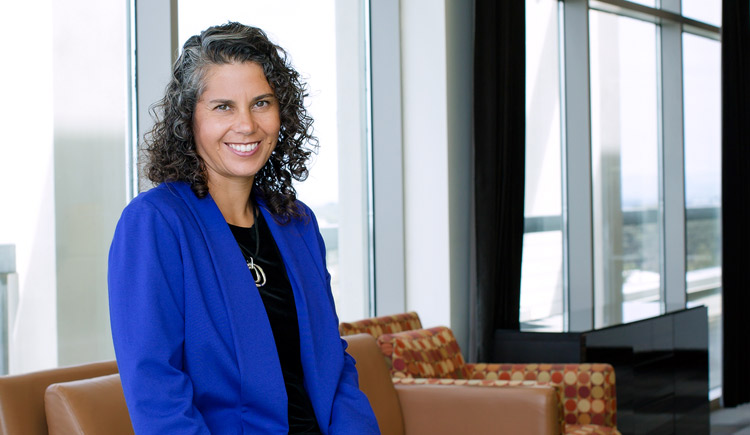Leadership - Executive Committee


Center Co-Director
Associate Professor, Cognitive Science, UCSD
Where were you born and raised?
I was born in Oxford, England (my dad was a Rhode's scholar from India) and raised in Canada.
What is the one piece of advice you would give your younger self?
Don't let the urgent get in the way of the important. I have become much better at this since having kids, but would have benefitted from an earlier appreciation. We must work on important, longer-term goals, even when there are immediate, seemingly-critical fires to fight.
Describe an aha moment you've had in the lab?
New algorithms are often described in ways that aren't necessarily helpful for people from other disciplines. I like to relate algorithms to each other: to examine their similarities and differences, costs and benefits.
For my thesis, I developed an algorithm that learns categories, like humans, without explicit supervision or labeling, from the correlations between different sensory input (e.g. visual and auditory). One day, I was putting my algorithm into a new graphical framework. When I looked at the resulting mathematical equations, I discovered the algorithm was equivalent to a fairly simple, but previously unused, mathematical approach. This likeness shed light on both ideas.
Describe the moment when you knew you had to go into science?
I can't think of a time when I didn't know I would go into science. I have always enjoyed learning, working out puzzles, making discoveries and conquering new challenges. In science, we are fortunate to do this every day.
What is one significant advance TDLC research has brought to the science of learning? TDLC researchers Mike Mozer, Hal Pashler and collaborators took their model of how to best spread out study time and created a computer program to help students study Spanish. The program determined what flash card content they should learn and when. This direct application of their model boosted our ability to improve courses.
What do you hope to accomplish in the next seven years?
I hope to advance our ability to read external brain signals, especially with EEGs. This could improve cognitive neuroscience, helping us better follow brain activity during learning. It could help us monitor the brain in real-time and possibly learn how to improve learning.
What is your favorite TDLC value?
My favorite TDLC value is interdisciplinary collaboration. TDLC has always valued collaboration between different types of scientists and educators at different levels. These collaborations do not involve one person telling another what to do but involve a joint intellectual effort to create a better experiment, analysis method and/or educational intervention.
Virginia de Sa, PhD, is an associate professor in the Department of Cognitive Sciences at UC San Diego. She earned her PhD at the University of Rochester. Dr. de Sa's lab uses computational modeling, psychophysics studies and machine learning to investigate visual and multi-sensory perception.